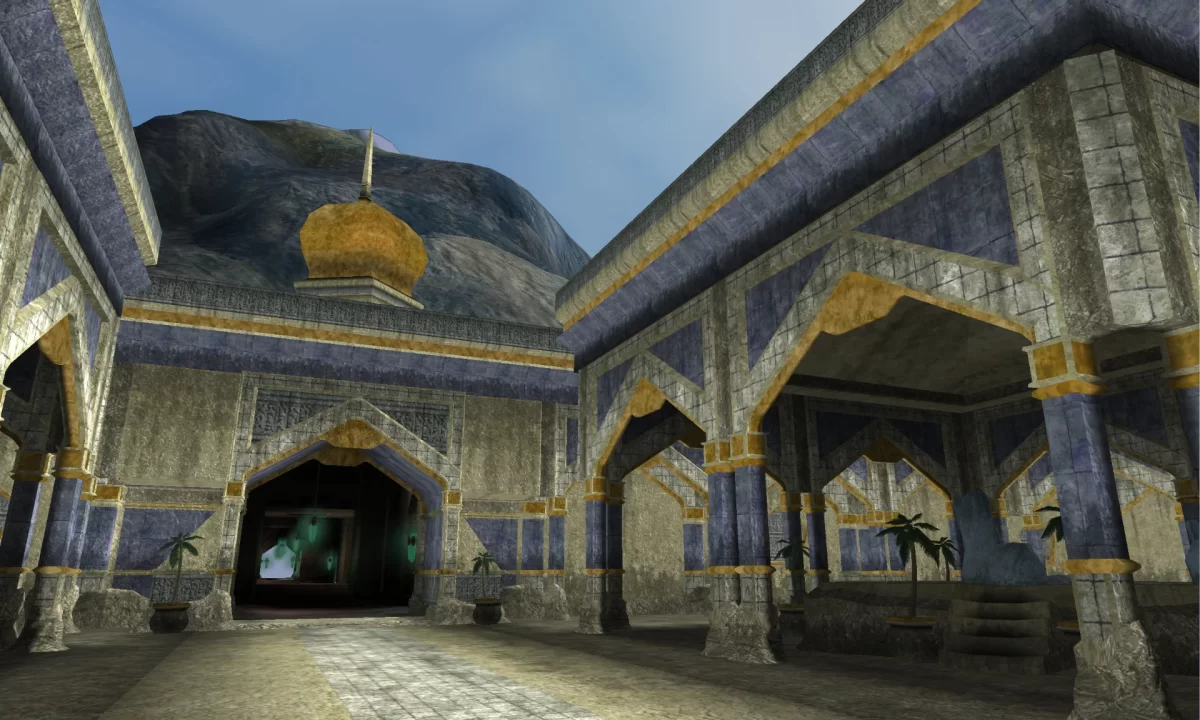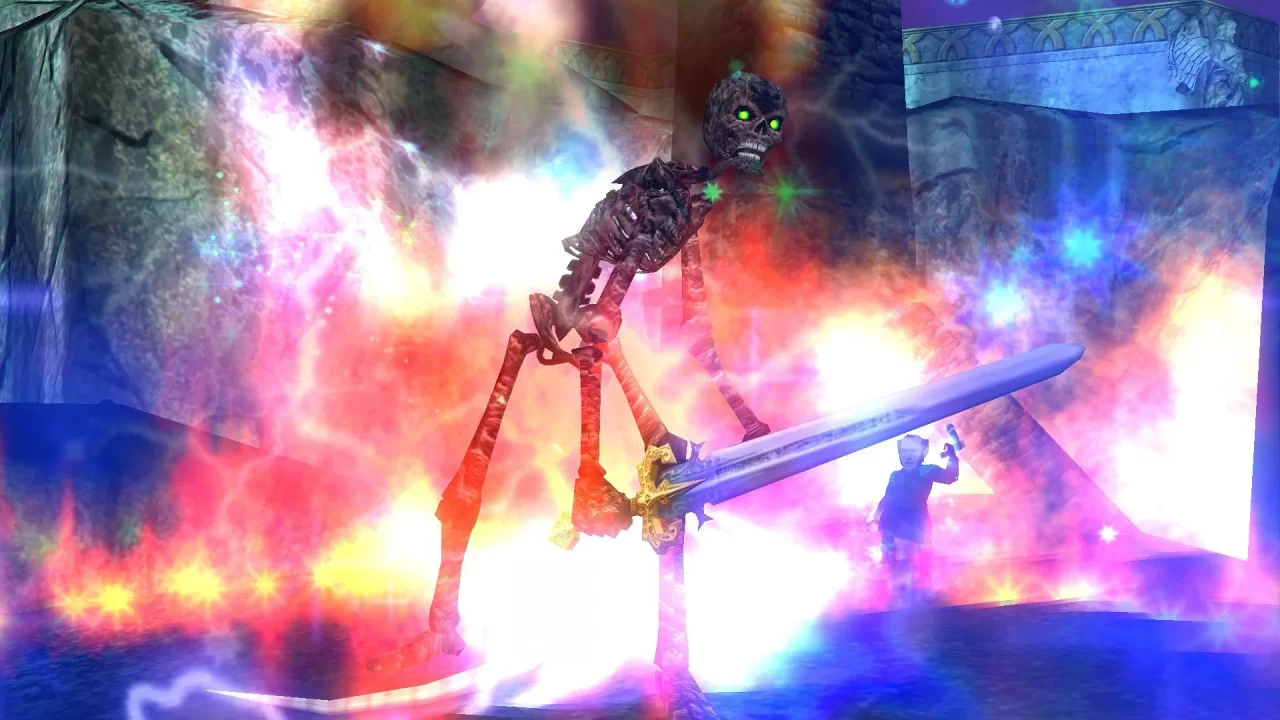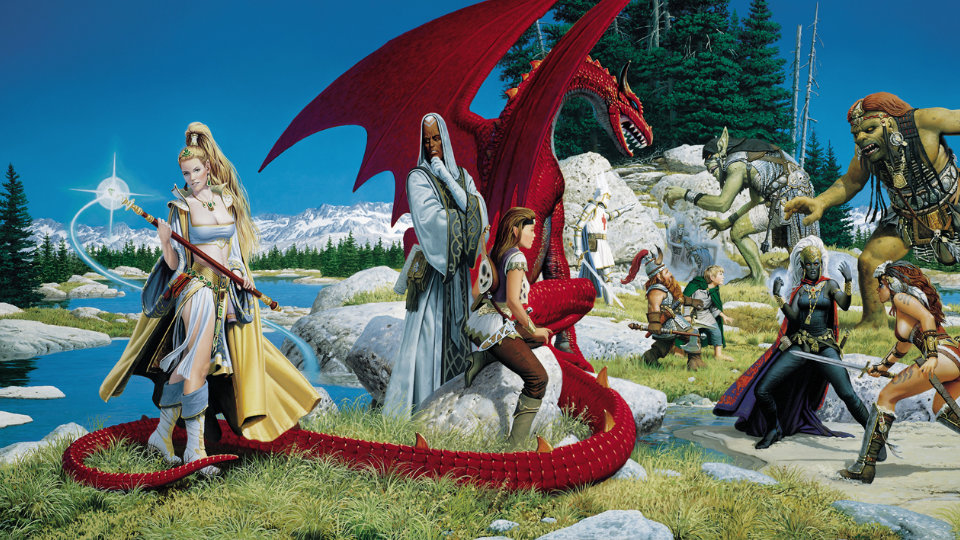I shouldn’t know anything about EverQuest. I’ve not been a PC gamer for decades, as I’ve lost the desire to be at the cutting edge of technology when it comes to indulging my gaming passion. I’ve never played World of Warcraft or, despite the evangelism of my RPGFan colleagues, booted up that time-chomping colossus, Final Fantasy XIV.
However, it wasn’t always this way. One day in the early 2000s, I threw caution to the wind, took out a massive loan, and bought the most expensive gaming PC I could find. Coincidentally, EverQuest released soon afterward. That original game had an iconic cover by legendary fantasy artist Keith Parkinson, which immediately appealed to my Dungeons & Dragons–loving soul. I jumped straight in at the deep end, and in so doing, I unknowingly became one of the first to experience a foundational gaming archetype.
Twenty years later, Matthew S. Smith’s in-depth tome, which covers everything EverQuest, makes me reflect upon those pioneering days. Only now do I feel that I have a better understanding of EverQuest’s significance in my own history.
At 224 pages, Smith’s EverQuest book seems like the perfect size for the content, with enough space to explore the chosen topic without being so lengthy as to exhaust the material. Smith aids this by separating the book into seven main sections, which capture the sides of EverQuest that need the most analysis. You won’t find a merely straightforward review of the topic in Smith’s EverQuest; instead, he uses his undeniable expertise to approach the subject from multiple angles.
Smith starts by documenting EverQuest’s beginnings as John Smedley, a Producer at Sony Interactive Studios America, follows in the footsteps of recent games such as Neverwinter Nights and pitches a new fantasy MMORPG. We see the team start to come together, including Brad McQuaid, whose influences include tabletop role-playing games. Through Smith’s examination of EverQuest’s creative leads, we get a sense that the game evolved from the bedrock of 80s fantasy geek culture. Back then, we did not have the plethora of films, TV shows, and (more importantly) games to satisfy our desires. Certainly, in my experience, fantasy novels proved to be our saviour at the time. It seems to be the case here too, with The Lord of the Rings (unsurprisingly) cited as a key touchstone in the game’s development.
While MMORPGs such as Neverwinter Nights are important to the development of EverQuest, Smith makes it clear that Multi-User Dungeons (MUDs) most inspired its creators. These primarily text-based games seem like natural extensions of the early fantasy experience. With Smith as a guide, it’s easy to see how those communal experiences fed into the origin story of EverQuest.
The book also explores the core conflicts within the development team, such as whether to include player-versus-player mechanics, which explains how EverQuest ended up as a principally cooperative game. It’s interesting to see this dilemma play out, as it persists in modern games to this day. I find myself agreeing with McQuaid in his negative opinion of PvP, as it’s a consideration for me when starting a new multiplayer online game, especially one with a long-established player base. Getting incinerated seconds after leaving a game’s lobby gets old fast, and I’m sure I’m not the only one who would drop a game in frustration specifically due to this.
Though he delves into the history of EverQuest, Smith expands the scope of the book by bringing in topics that resonate acutely with present-day audiences. The chapter on the pre-release working environment describes a situation familiar to all who follow the modern gaming press. He quotes team member Geoffrey Zatkin saying, “We did a year of crunch, like twelve-hour days, six-day weeks, maybe more.” This resembles other famous cases of videogame crunch: previously reported examples like Cyberpunk 2077 and The Last of Us, which similarly stretched the boundaries of current technology. It can be disheartening to think that, decades later, we still see these practices, although (thankfully) now we have writers such as Smith and Jason Schrier to shed light on them through their work.


The chapter on videogame addiction impresses even more, handling the subject with balance and sensitivity. Smith explores some very difficult subjects here, so if you have concerns, I advise you to stop reading this review and to avoid this section of the EverQuest book. Smith frames the story with the tragic suicide of Shawn Woolley and the journey that his mother, Elizabeth Woolley, underwent as her suspicions about the game’s possible involvement in her son’s death grew. He contrasts this with the documented benefits of playing EverQuest and similar games, such as enabling players to meet like-minded people, sometimes connecting with them in real life, and occasionally influencing the future careers of players.
Smith compares modern attitudes regarding what constitutes addiction to those prevailing at the time, quoting a newspaper as stating that “more than an hour a day playing on the computer is considered excessive.” I find this especially funny when I consider the amount of time that I and fellow staff members put in prior to reviewing a new game. Overall, Smith does well to balance his coverage of this topic without dismissing potentially valid concerns, while maintaining a welcome evidentiary standard.
Following this, Smith has a chapter entitled “Economy” dealing with the real-world market for in-game items. We learn how EverQuest’s restrictive attitude to such transactions and those of its competitors formed the basis of what we see today. Wealthy gamers using their resources to gain tangible advantages over other players can feel egregious when facilitated by an active outside market for such digital assets. Yet, we should also consider the present alternative to this. One cannot help but leave with the feeling that contemporary firms’ iron grip on digital ownership may have less to do with maintaining game balance and more with monetising these impulses for corporate benefit. For example, we could cite the case of certain shadowy skins players can obtain in FPSs that offer a subtle advantage to purchasers. Smith does not cover this specific scenario, but in presenting the differing views prevalent at the time of EverQuest’s birth, he encourages speculation.


Smith finishes with a chapter named “Eternity,” which deals with the legacy of EverQuest. Frankly, it astounds me to learn that EverQuest remains an ongoing proposition, although it continues under new management. At the time of writing, its latest expansion, “The Outer Brood,” came out as recently as December 2024. Smith discussed the division between those playing emulated versions of the original title and others who prefer keeping up to date with the official EverQuest game. This brings to the fore a fascinating conversation about what entices fans to stick with EverQuest. Perhaps it’s due to the sense of nostalgia arising from playing something that remains largely unchanged since its inception, or maybe the appeal resides within the evolutionary possibilities of the game and its storytelling potential? I can’t help but wonder if it could be a mix of both for many. It seems unlikely that EverQuest’s owners’ main aim is to attract new players when they know that more modern and refined propositions exist, so the tastes of the hardcore fanbase will likely continue to define the future of this aging title.
At points, the book becomes overly technical when discussing the intricacies of programming and game design. In a couple of instances, readers might get lost in the maze of early technospeak. For the most part, Smith finds effective ways to bring his audience with him on his exploration of EverQuest’s origins.
I imagine those with little interest in EverQuest or the genre it spawned, or who perhaps find themselves mentally distanced from this time period, might overlook this book. If I haven’t emphasised it enough already, Smith’s work transcends a narrow focus on a single title and touches upon many aspects of gaming that affect us now. I easily recommend it to anyone with an interest in how our hobby developed into its current state. Smith’s EverQuest book had me hooked from beginning to end, and I look forward to reading his next creation, whatever the subject matter. If this review sparked your interest, the book is available at Boss Fight Books’ website.




